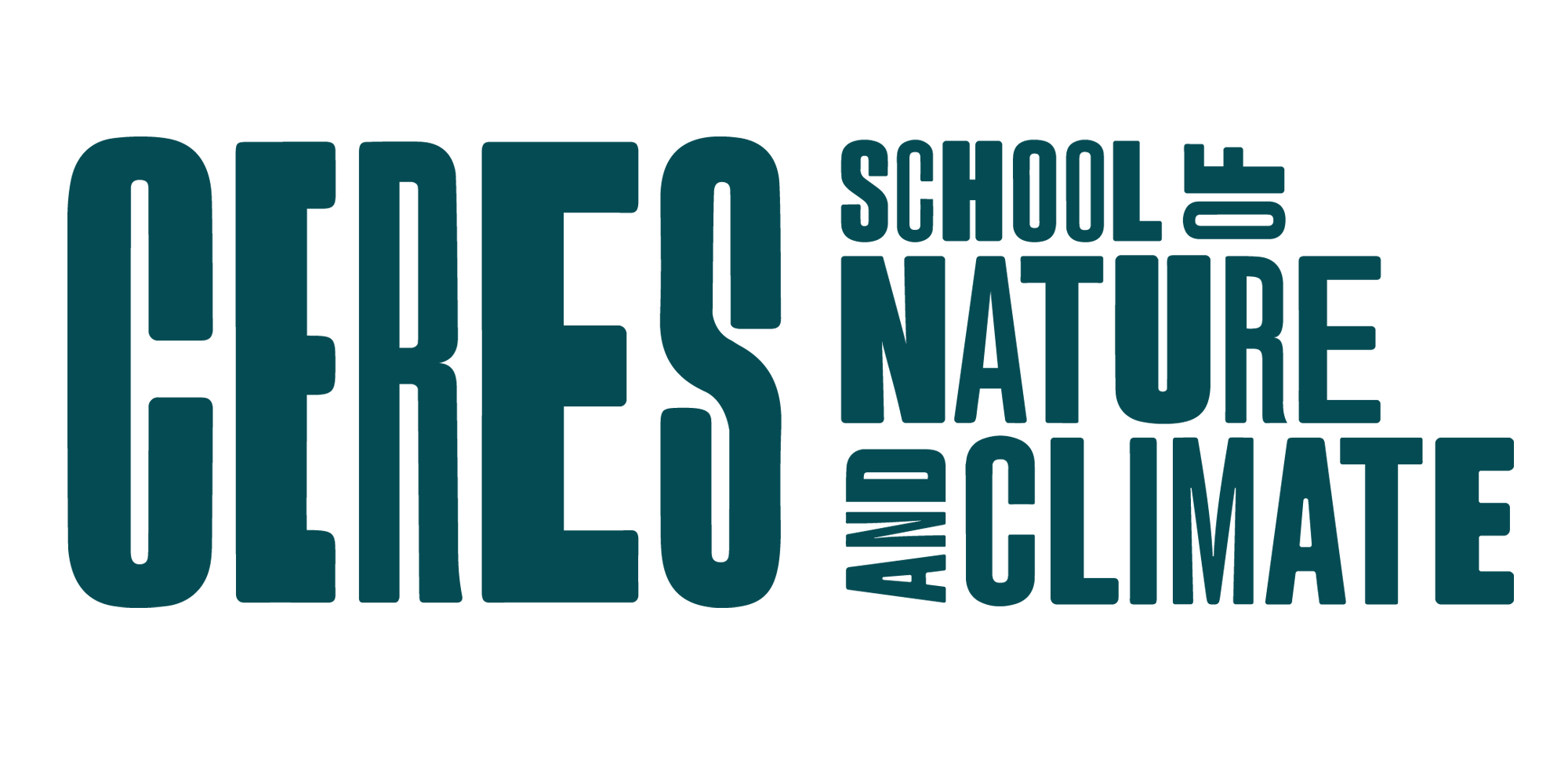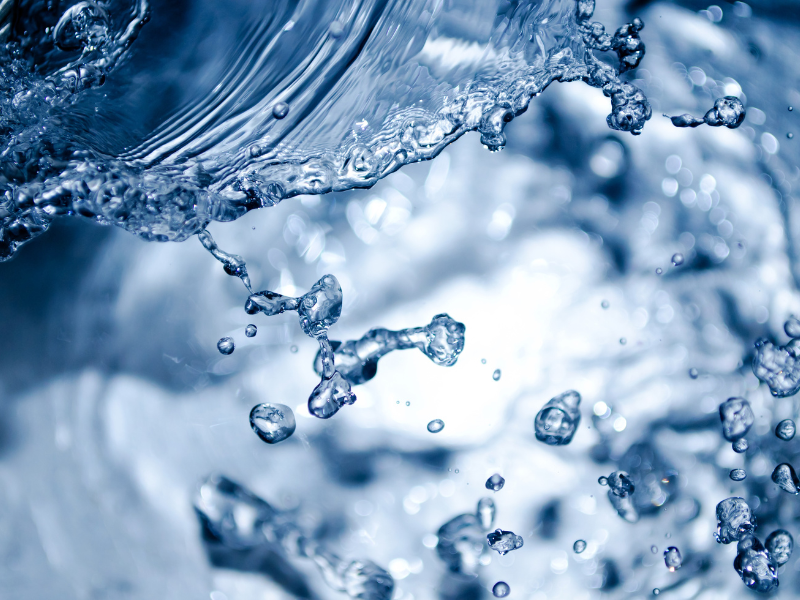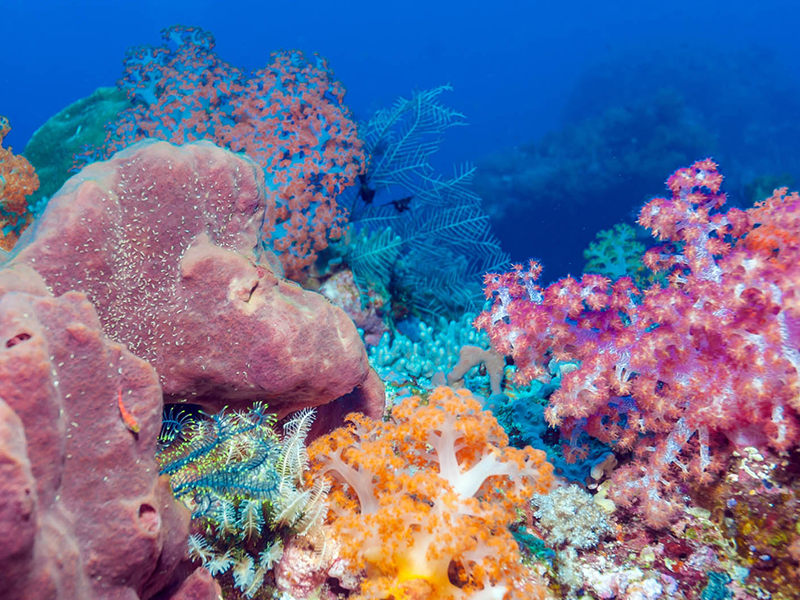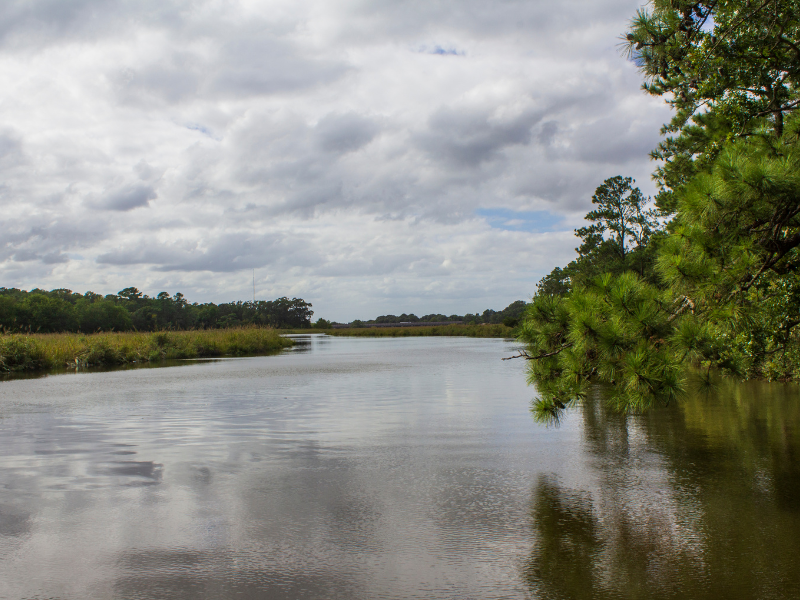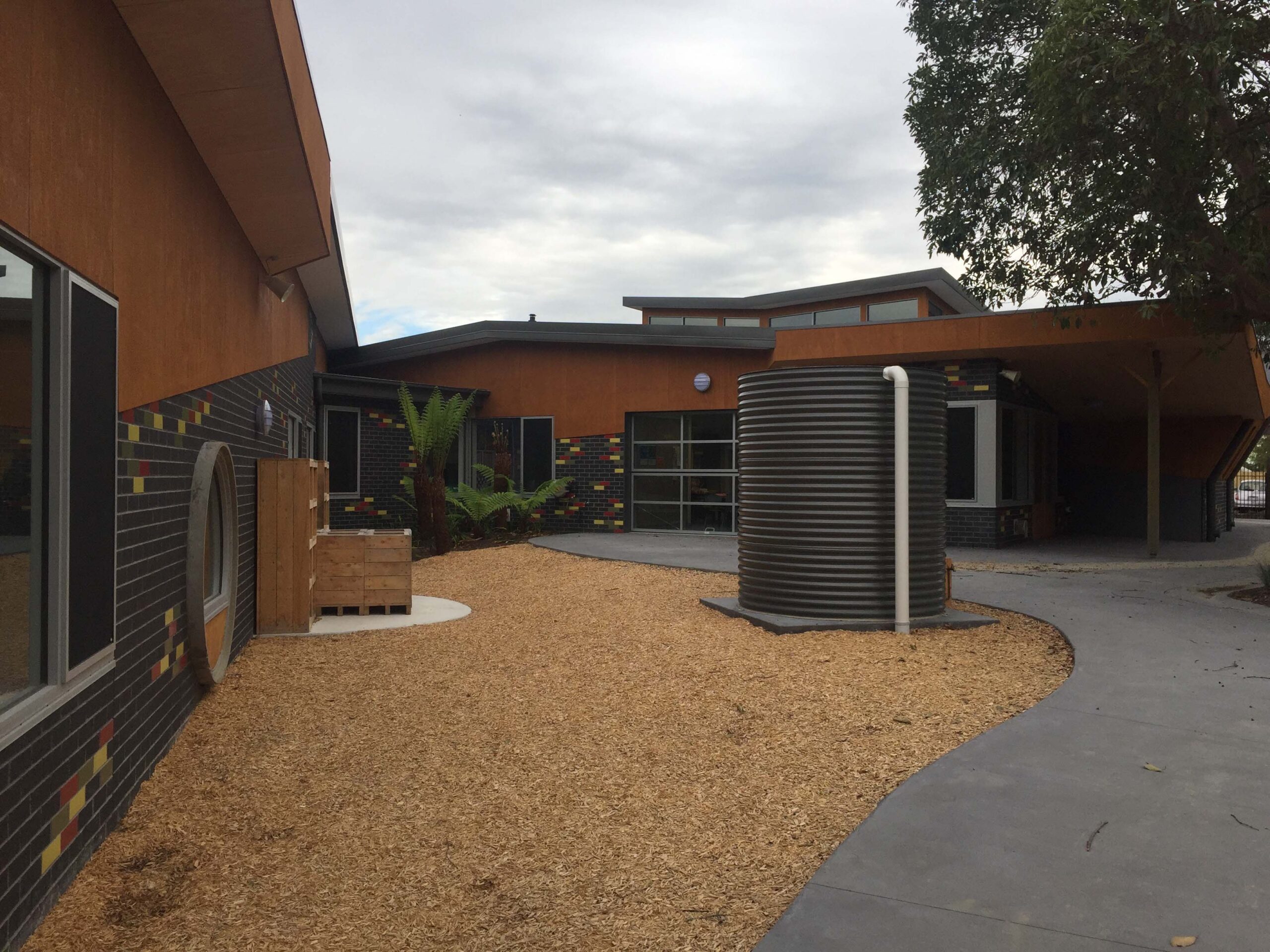Embodied Water Curriculum Activity
Suitable for Primary (Years 3-6)
Victorian Curriculum Links:
The Humanities:
Geography
3-4: (VCGGK082)
5-6: (VCEBR003)
Mathematics
3: (VCMMG140)
4: (VCMMG166)
5: (VCMMG195)
6: (VCMMG225)
Activity Description
The Embodied Water activity raises awareness of the hidden yet significant portion of our water footprint, e.g. the water required to grow, manufacture and transport products that we commonly use and eat. Students will look at different ‘every day’ items and are asked to match these with the amount of embodied water it contains.
Key Concepts
Water Footprint, Water Use, Virtual Water, Conservation, Life Cycle
Key Learning Intentions
1. Introducing the concept of hidden/virtual/embodied water
2. How much water it takes to produce something
3. Understanding the extent of our true water footprint
Suggestions for Assessment
Formative
1. Participation in the Embodied Water activity
2. Participation in the Discussion questions below
Instructions
1. Mix and Match
Virtual or embodied water is the measurement of the amount of water used to produce each of the goods and services we use. Match each of the items (e.g. hamburger, paper, t-shirt) with the cards indicating the equivalent amount of embodied water required for the item’s production and manufacture.
2. Discussion
1. Which three everyday items contain the most embodied water? Why do you think this is the case?
2. Suggest reasons for why the production of beef requires so much water?
3. How might this activity affect the decisions people make about what they consume?
4. What is one way we can reduce the amount of embodied water required to produce the things that we consume? (e.g. 5Rs: Rethink, Refuse, Reduce, Reuse, Recycle)
Suggested ResourceSmart Schools Module Links
Undertaking the activity as described above links to the ResourceSmart Schools Water Module – actions B1.2, B1.3
Below is a list of extension activities that link to additional actions of the Water module:
- Based on activity, estimate whole family and/or school water footprint. Include water footprint activity in newsletter to families and share tips on how to reduce water impact (Resourcesmart Schools Water Module – action C3.5)
- Students to run a meat and dairy free lunch day at your school to raise awareness around embodied water. Follow up with whole school community survey to investigate opportunities to hold these on an ongoing basis (ResourceSmart Schools Water Module – actions B1.4, C1.2, C2.1)
- Look at examples of how indigenous or other cultures/countries use water on a day-to-day basis. You could invite a local indigenous group(s) to share their perspective on water use and conservation (ResourceSmart Schools Water Module – actions B1.5, B1.6)
- Students to write a learning story about key findings of the activity and share in your school’s newsletter and website (ResourceSmart Schools Water Module – actions C1.1, C1.3)
- Students compare the volume of embodied water required for each everyday item through the construction of a 3D graph using centicubes (ResourceSmart Schools Water Module – actions B1.1, B1.3)

